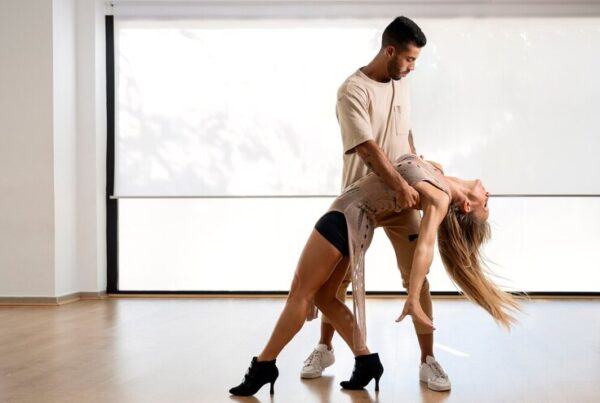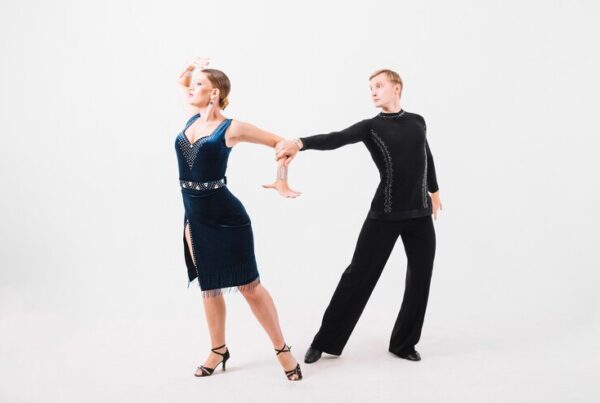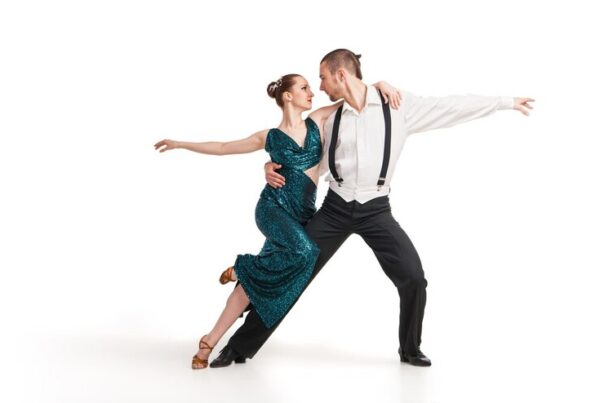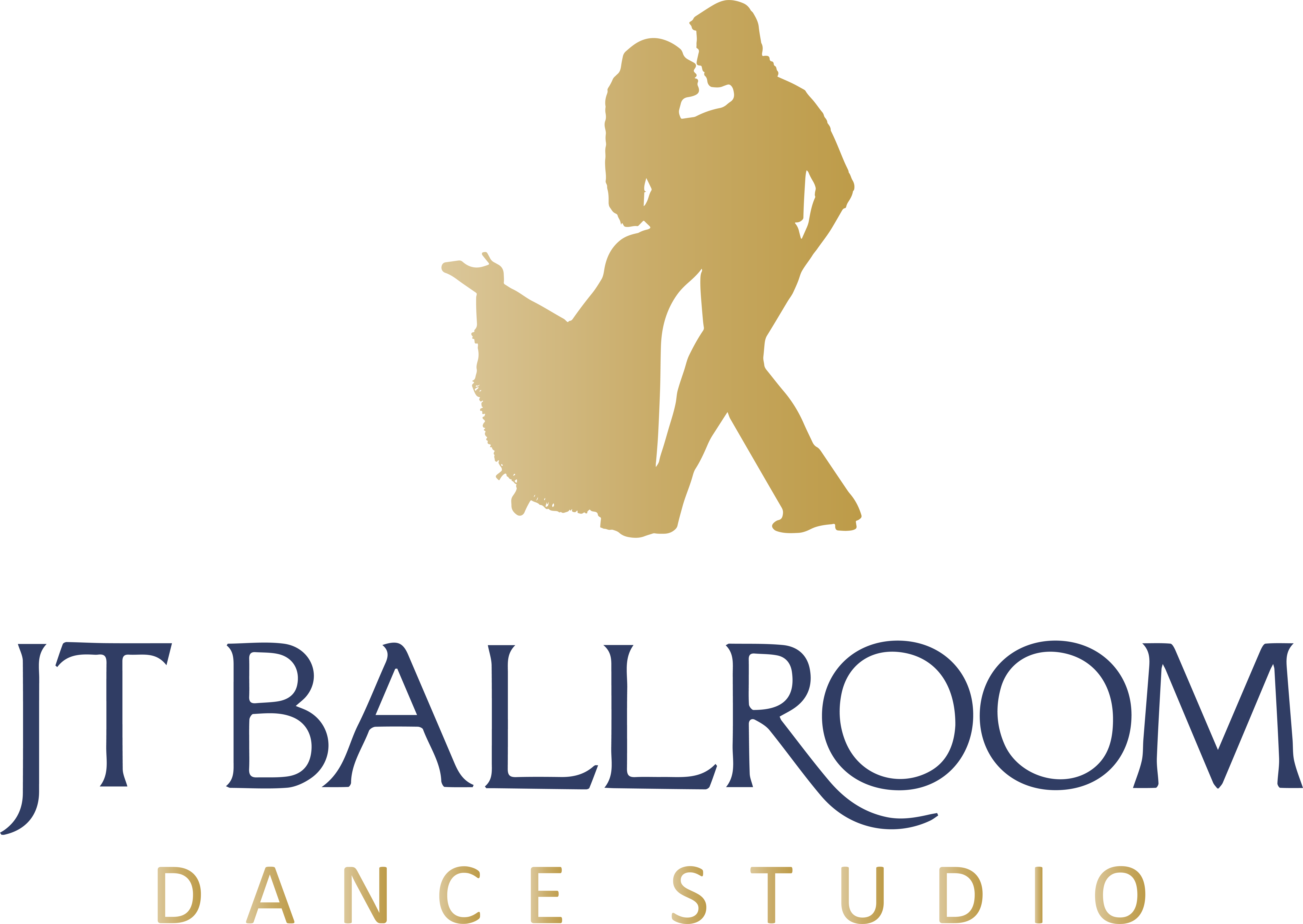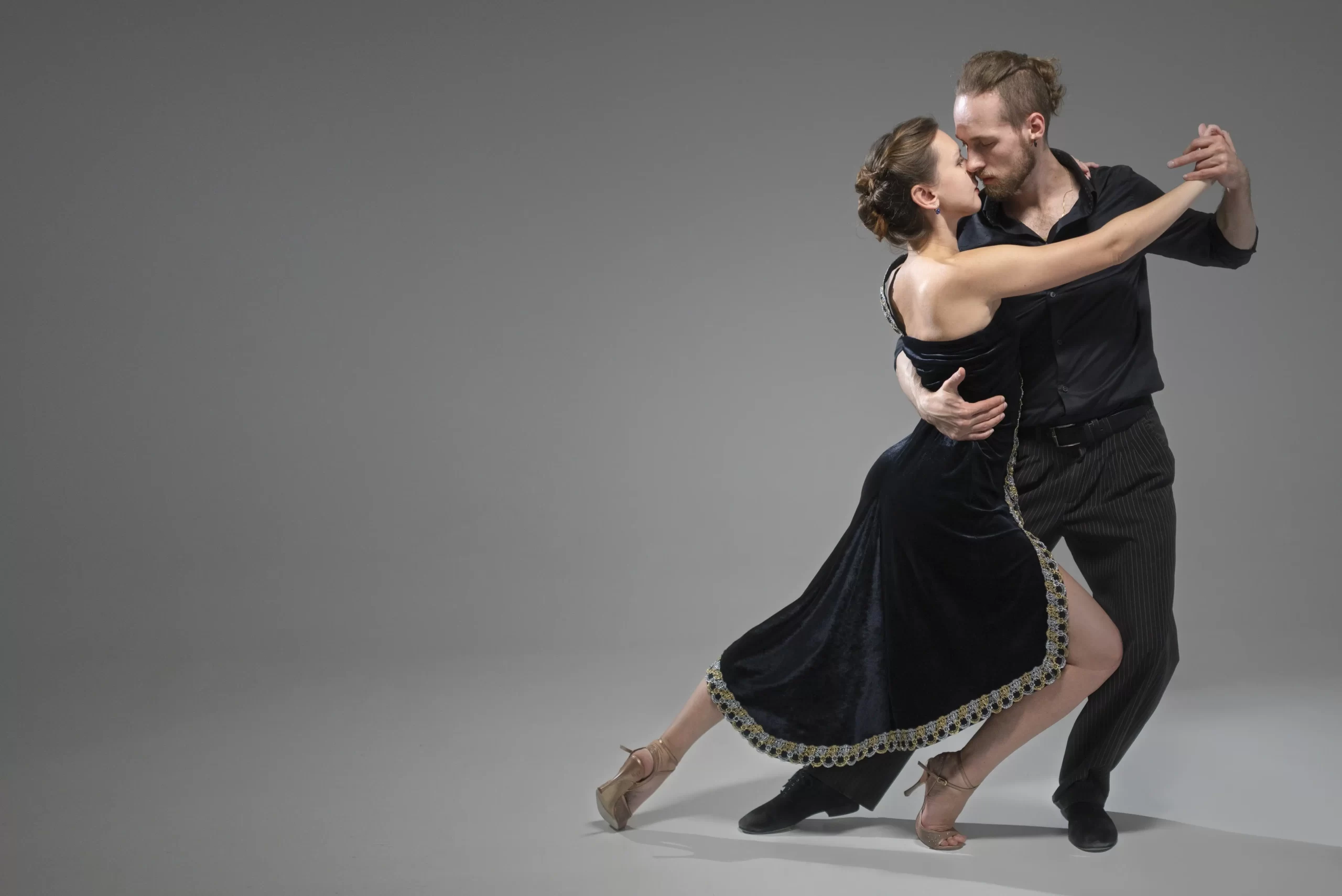
Bring out the hidden dancer inside you with swing dance. Move swiftly and glide in the air with intricate and perfect foot movements. Swing dance has been one of the most popular forms of dance in pop music since 1920. It is composed of delicate and intricate movements along the rhythm. This article will outline the basic swing dance moves to achieve perfection. So, let’s begin!
What is Swing Dancing?
Swing dancing is a dynamic, joyful, flowing dance that is based on rhythm and improvisation. Imagine yourself in a crowded ballroom where the music is infectious and the dancers are in blissful bliss of the electrifying motion. That’s what swing dancing is: a classic type of dance originating with the swing music of the 1920s and 1930s.
Ever since its inception within the folds of African American culture, swing dancing has taken new shapes and forms over the passing decades without losing its energetic and social nature.
Swing dancing is a social partner dance defined by its lively rhythm, improvisation moves, and strong connection between partners. Since its inception, swing dances have taken numerous forms, each slightly different from the others but all with the same joyful feeling. Modern swing dance is not just steps and movements; it’s feeling the music and letting it express itself through your body.
Swing Dance History
Swing Dance was born in Harlem, New York’s African American communities, in the late 1920s. It was a combination of earlier dance forms, such as the Charleston and the Lindy Hop, and was named after aviator Charles Lindbergh.
By the 1930s and 1940s, the era of swing music had arrived, with the best in big bands—Duke Ellington, Count Basie, and Benny Goodman—playing the best dance music for the dance floors.
Part of the swing era also saw the emergence of dance clubs, such as the famous Savoy Ballroom, a haven for dancers like Frankie Manning and Norma Miller, who had fantastic talents and innovations in dance. By the 1950s, this dance had waned, but in its resurgence, a lot was done in the 1980s and 1990s to create the lively swing dance community today.
Essential Swing Dance Moves for Beginners
The Swing Posture
Alright, let’s start with the basics—your posture. Think of it as your dance foundation. Stand with your feet shoulder-width apart, and keep your knees slightly bent. You want to feel light on your feet, so balance your weight on the balls of your feet. Keep your back straight but relaxed, and let your arms bend slightly at the elbows. This will help you stay connected with your partner, making it easier to move together.
The Basic Swing Step
Now, onto the core of swing dancing: the basic Step. This is your go-to move, and it’s super simple. Here’s how you do it:
Triple Step (1-and-2)
“1”: Step to the side with your left foot.
“and”: Bring your right foot next to your left.
“2”: Step to the side again with your left foot.
Triple Step (3-and-4)
“3”: Step to the side with your right foot.
“and”: Bring your left foot next to your right.
“4”: Step to the side again with your right foot.
Rock Step (rock-step)
“Rock”: Step back with your left foot.
“Step”: Step forward with your right foot.
The Underarm Turn
Ready to add some flair? The underarm turn is a fun and simple way to spice up your basic Step. Here’s how:
- Start with your basic steps.
- On the “rock-step”, the leader (usually the one guiding the dance) raises their left hand to signal a turn.
- The follower (the one being guided) spins under the leader’s arm while continuing the basic Step.
It’s like a mini twirl that adds a playful touch to your dance. Just remember to keep your movements smooth and controlled.
The Swingout
The swingout is a classic move in swing dancing, especially in Lindy Hop. It looks impressive and feels amazing once you get the hang of it:
- Begin in a closed position with your partner.
- Do a rock step; the leader pulls the follower out into an open position with a triple step.
- On the next triple Step, the leader guides the follower back into the closed position.
The swingout is all about that push-pull dynamic and shows the connection between partners.
The Lindy Circle
The Lindy Circle is another foundational move that helps you transition smoothly between moves while maintaining a great flow:
- Start in an open position.
- The leader initiates a circular motion, guiding the follower in a circle.
- Both dancers move in a synchronized pattern, keeping the circle tight and the movements coordinated.
This move is about maintaining that connection and creating a visually appealing dance pattern.
How To Swing Dance Basics
Learning how to swing dance involves mastering the basic steps, understanding the rhythm, and developing a connection with your dance partner. Here are some essential tips for beginners:
Start with the Basic Step
Practice the basic steps until you feel comfortable with the rhythm and movement. Focus on keeping your steps small and controlled.
Maintain Good Posture
Keep your back straight, shoulders relaxed, and knees slightly bent. This posture helps you stay balanced and move smoothly.
Lead and Follow
Swing dance is a partner dance, with one person leading and the other following. Leaders initiate the movements, while followers respond and adapt. Communication through gentle pushes and pulls is key to a seamless dance experience.
Stay in Rhythm
Listen to the music and stay in time with the beat. Swing music typically has a strong, steady rhythm that guides your steps.
Practice Turns and Spins
Once you’re comfortable with the basic Step, try incorporating turns and spins. Start with simple turns and gradually progress to more complex spins.
Have Fun
Swing dance is all about having fun and expressing yourself. Don’t be afraid to add your flair and personality to your dancing.
Movies With Swing Dancing
If you’re new to swing dancing or looking to get inspired, classic movies are a fantastic way to dive into the swing dance world. These films showcase the elegance, energy, and joy of swing dancing. Here are some must-watch classics that excite you to hit the dance floor.
“Swing Time” (1936)
Starring the legendary Fred Astaire and Ginger Rogers, “Swing Time” is a perfect blend of romance, comedy, and incredible dance sequences. The “Pick Yourself Up” dance scene stands out, with Astaire and Rogers gliding across the floor effortlessly. Their chemistry and impeccable technique make this film a timeless inspiration for any swing dancer.
Hellzapoppin’ (1941)
“Hellzapoppin‘” features one of the most celebrated swing dance scenes ever. The dance number by Whitey’s Lindy Hoppers is a whirlwind of acrobatics and rhythm. The lifts, flips, and fast footwork will awe you and excite you to try new moves.
A Day at the Races (1937)
This Marx Brothers classic includes an unforgettable swing dance scene with Whitey’s Lindy Hoppers. The nightclub setting and high-energy dance moves highlight swing dance’s social and communal aspects, making it a perfect source of motivation.
Stormy Weather (1943)
“Stormy Weather” stars some of the greatest African American performers of its time, including Bill “Bojangles” Robinson and Lena Horne. The Nicholas Brothers’ dance sequence is jaw-dropping and often considered one of the best filmed. Their acrobatic moves and perfect timing are sure to inspire you.
Swing Kids (1993)
“Swing Kids” is set in 1930s Nazi Germany and follows a group of young jazz enthusiasts who rebel by dancing to swing music. The vibrant dance scenes celebrate freedom and joy, capturing the spirit of swing dance even in the face of adversity.
Swing Dance Styles
Swing dancing is not a monolith; there are several types of swing dance, each with unique characteristics.
Lindy Hop
Originating in the 1920s, Lindy Hop is known for its high-energy moves and improvisational nature. It combines jazz, tap, and breakaway elements, making it a dynamic and exciting dance style.
East Coast Swing
East Coast Swing, developed in the 1940s, is characterized by its simple, rhythmic patterns and is often seen as more accessible for beginners. It has a lively, bouncy feel and is danced to a wide range of music.
West Coast Swing
West Coast Swing, a smoother and more sophisticated style, emerged in the 1950s. It is danced in a linear slot, allowing for much improvisation and personal styling. West Coast Swing is adaptable to various music genres, including blues, R&B, and contemporary pop.
West Coast vs East Coast Swing Dances
| Aspect | East Coast Swing | West Coast Swing |
| Origin | 1940s, New York | 1950s, California |
| Basic Step Pattern | 6-count (1-and-2, 3-and-4, rock-step) | 8-count (1, 2, 3-and-4, 5-and-6) |
| Rhythm | Bouncy, upbeat | Smooth, laid-back |
| Dance Style | Circular, energetic | Linear, slot-based |
| Music Genres | Traditional swing, jazz, big band | Blues, R&B, contemporary pop |
| Turns and Spins | Frequent and varied | Controlled, smooth turns |
| Posture | Upright, lively | Relaxed, upright |
| Connection | Strong, close hold | Elastic, stretch and compression |
| Common Moves | Triple steps, rock steps, underarm turns | Sugar pushes, whips, anchor steps |
| Learning Curve | Easier for beginners | More complex, advanced styling |
| Social Aspect | Popular at social dances, casual | Popular in social dances, competitions |
| Notable Influence | Lindy Hop | Blues dance, contemporary dance |
Conclusion
Swing dancing incorporates a perfect blend of fun, fitness, and socialization. It is a fantastic way to stay energetic, working out your entire body to energetic rhythms. In addition to the physical benefits, swing dancing is a good way to meet new people and make lasting connections. The dance floor is where shared joy and camaraderie fill the air, where you can let your hair down and express yourself to the music.
Ready to experience the magic of swing dancing? Don’t wait any longer! Come to class, attend a social dance, and dive into this vibrant, joyful world. Put on your dancing shoes, feel the rhythm, and begin your swing dancing adventure!
